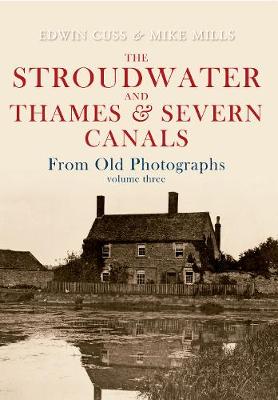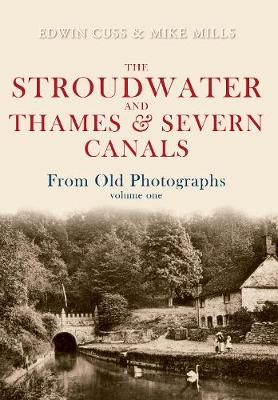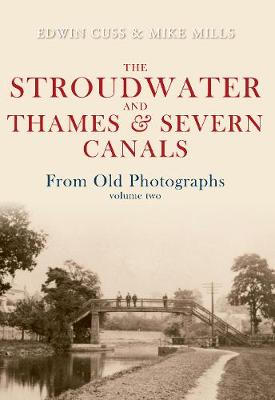From Old Photographs
3 total works
The Stroudwater and Thames and Severn Canals From Old Photographs Volume 3
by Edwin Cuss and Mike Mills
Published 15 April 2013
This volume completes a trilogy of albums dedicated to capturing as much as possible of the evidence from historic photographs of two famous canals which together linked the rivers Severn and Thames. Today this route, now in part under active restoration, is known as the Cotswold Canals, a snappy modern name for the historic Stroudwater Navigation, opened in 1779, and the Thames & Severn Canal through which the first boat passed ten years later. Gathering over 800 images together in three volumes has been a long-term labour of love, which began with the first two volumes in 1988 and 1993. Since reprinted by Amberley Publishing in 2010, they attracted a positive response so that this third volume has been compiled to complete the trilogy and make as much material as possible available to the reader. Together they represent a substantial archive of local canal photographs. As with its companion volumes, this edition is presented in the traditional way for these canals, working eastwards from Severn to Thames, historically the way much of its commercial traffic also passed. New material hitherto unpublished has been added, so that the reader can get a real feel of the old line of the canals, through the delights of the Gloucestershire landscape in general and the Cotswolds in particular.
The Stroudwater and Thames and Severn Canals From Old Photographs Volume 1
by Edwin Cuss and Mike Mills
Published 15 March 2010
The scenic beauty of the canals' route through the Golden Valley provided professionals and amateur photographers of the 1870-1930 period with a plethora of subjects. Therefore, the commercial and pleasure aspects of the stretch from Eastington to Cirencester have been well recorded. As much of the two canals, especially the Thames & Severn, has been destroyed, this collection endeavours to show how they appeared and were used before closure. However, this pictorial record is not devoted solely to the two canals themselves. The feeder systems are also shown. Thus, views of Severn ports where cargoes were loaded for shipment along the canals and the links with the Gloucester-Sharpness Canal, together with the Upper Thames reaches around Lechlade, are included.
The Stroudwater and Thames and Severn Canals From Old Photographs Volume 2
by Edwin Cuss and Mike Mills
Published 15 June 2010
Since the development of photography in the middle of the last century, the picture of our past provided by the written chronicle, the museum artefact or by failing memory has been augmented by the most vivid and immediate relic of former times, the photograph. Authenticating even as it describes, the photograph is of its time in a way that other representations of the past are not. This photographic journey recalls the final years in the life of the two canals, now being restored by the Cotswold Canals Trust, which once linked England's two longest rivers. With the current interest in reviving former railways and the reclamation of their towpaths as quiet refuges from the mayhem of modern living, there is an undeniable fascination in comparing the lively scene to which the camera has in the past been witness to the present. The Stroud and Golden Valleys were traditionally centres of industry and population, the canals in part responsible for their continued prosperity after changing technologies largely relocated the cloth industry to the north of England, and during the heyday of the picture postcard the wharves and locks were still busy places. Comprising the work of both professionals and gifted amateurs, this enchanting collection follows volume one. It will delight and surprise all those who know the canals today, and fascinate anyone with an interest in our industrial heritage.


